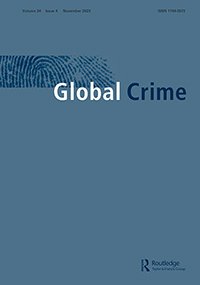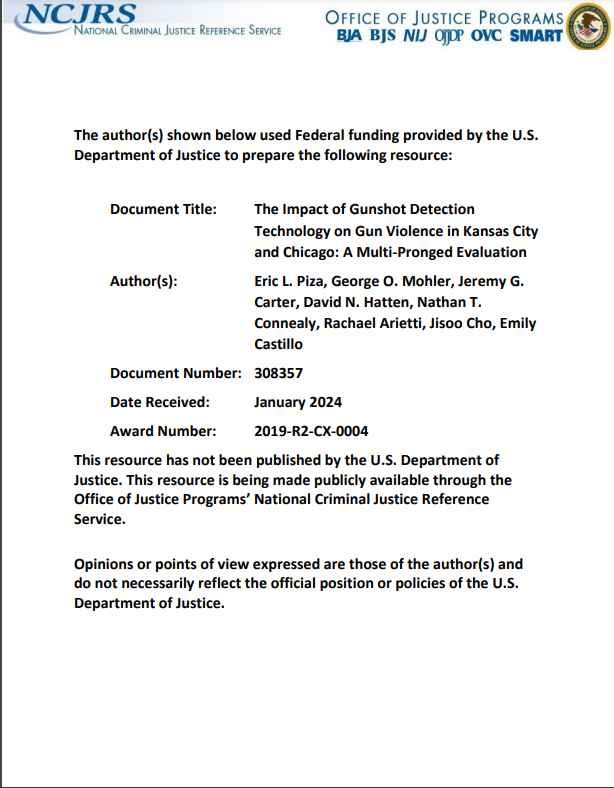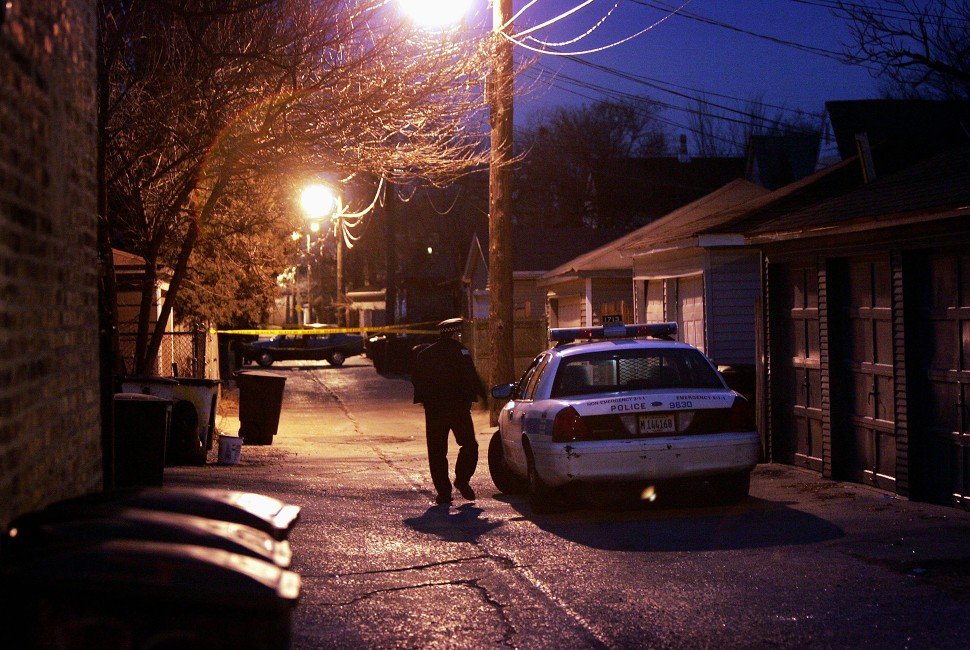By Daniel S. Lawrence, Nancy G. La Vigne, Paige S. Thompson
This publication represents a technical summary report of the Urban Institute’s evaluation of the implementation, use, and impact of Gunshot Detection Technology (GDT) by law enforcement agencies in three cities: Denver, CO; Milwaukee, WI; and Richmond, CA. The goal of this study was to conduct a rigorous process and impact evaluation of GDT to inform policing researchers and practitioners about the impact GDT may have. To achieve this goal, we implemented a mixed-methods research design. Qualitative data collection included 46 interviews with criminal justice stakeholders to learn implementation processes and challenges associated with iDT, and 6 focus groups with 49 community members to learn how residents feel about policing efforts to reduce firearm violence and its use of GDT. Quantitative data collection included administrative data on calls for service (CFS), crime, and GDT alerts, as well as comprehensive case file reviews of 174 crimes involving a firearm. Quantitative analyses examined the impact of GDT by (1) comparing counts of gunshot notifications for GDT alerts to shooting-related CFS, (2) comparing response times of GDT alerts to shooting-related CFS, (3) examining the impact GDT has had on CFS and crimes, and (4) conducting a cost-benefit analysis of the GDT. Evaluation findings suggest that GDT is generally but not consistently associated with faster response times and more evidence collection, with impact on crime more uneven but generally cost-beneficial. We also conclude that agencies should implement GDT sensors strategically, train officers thoroughly, ensure that GDT data are used and integrated with other systems, and engage with community members early and often. More detailed information from this study will be available in forthcoming journal articles.
Washington, DC: Urban Institute 2019. 15p.

























